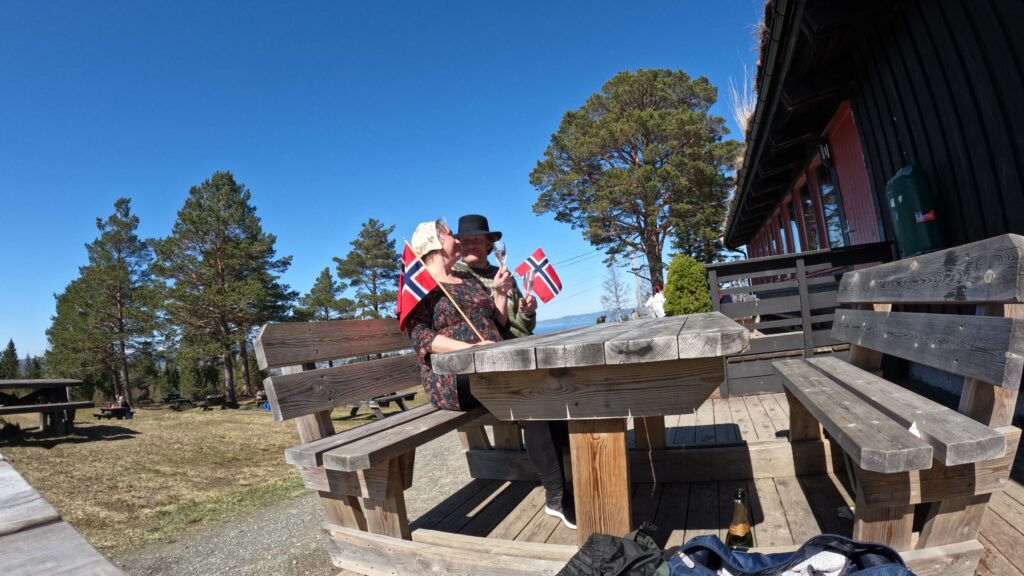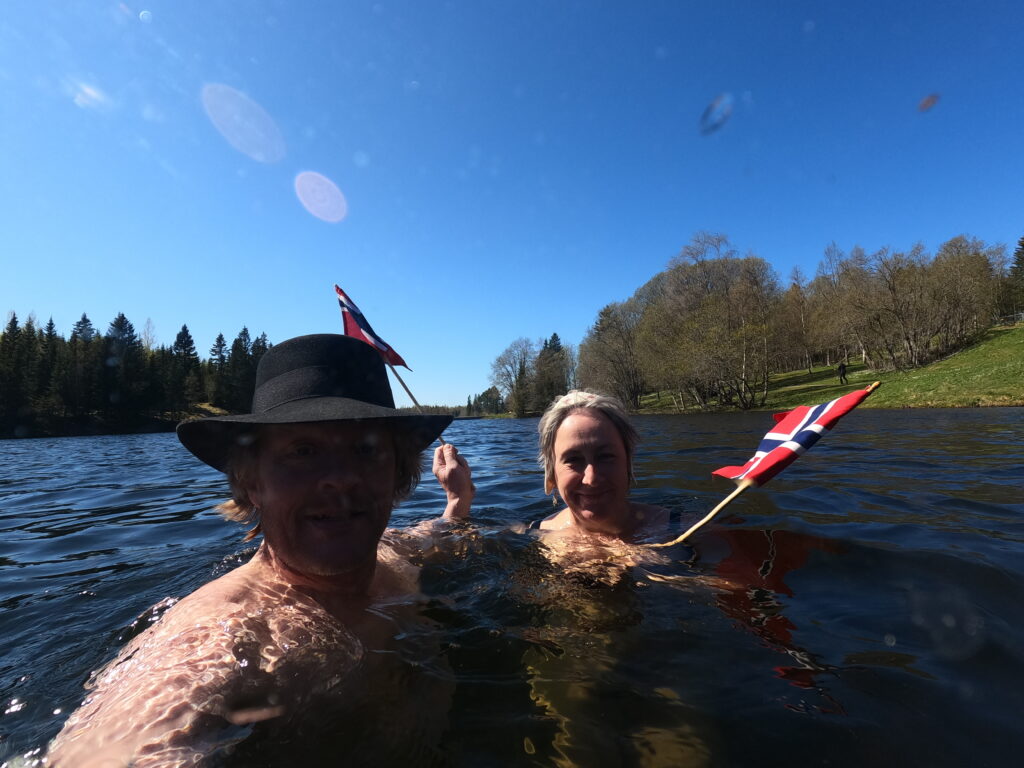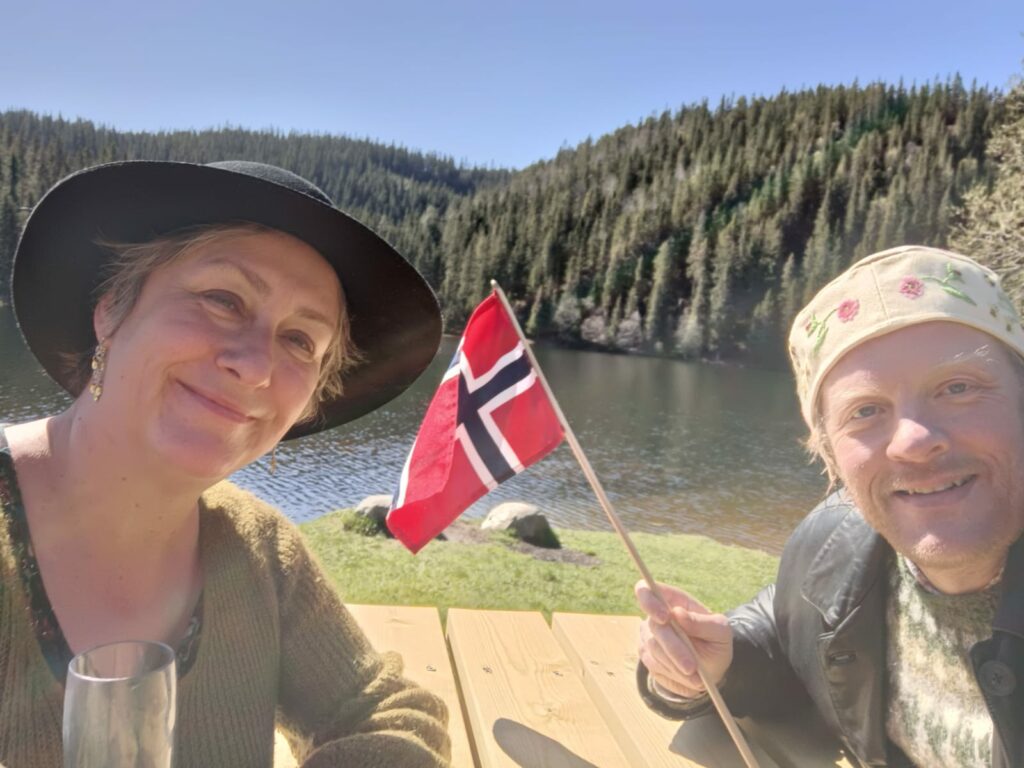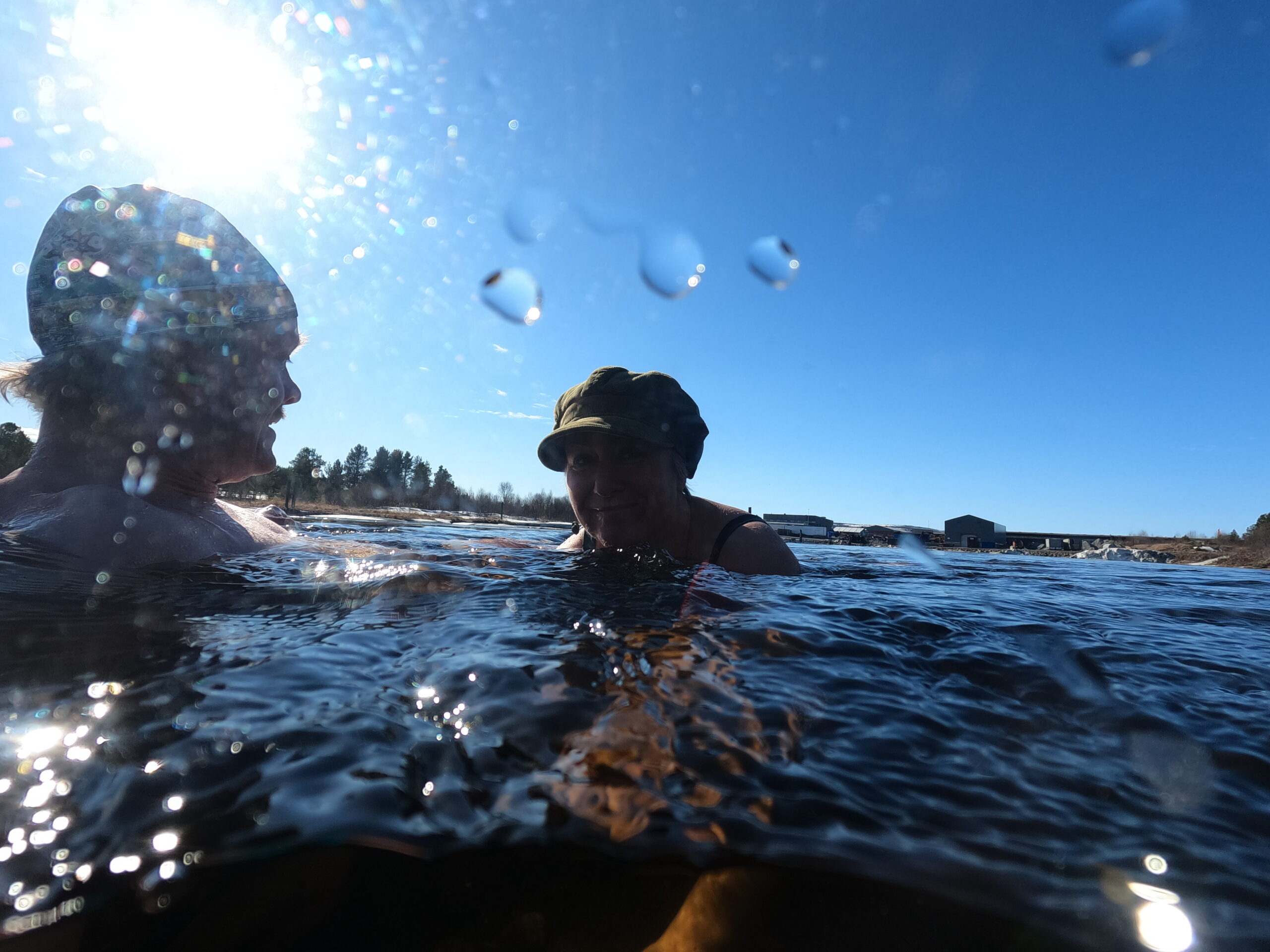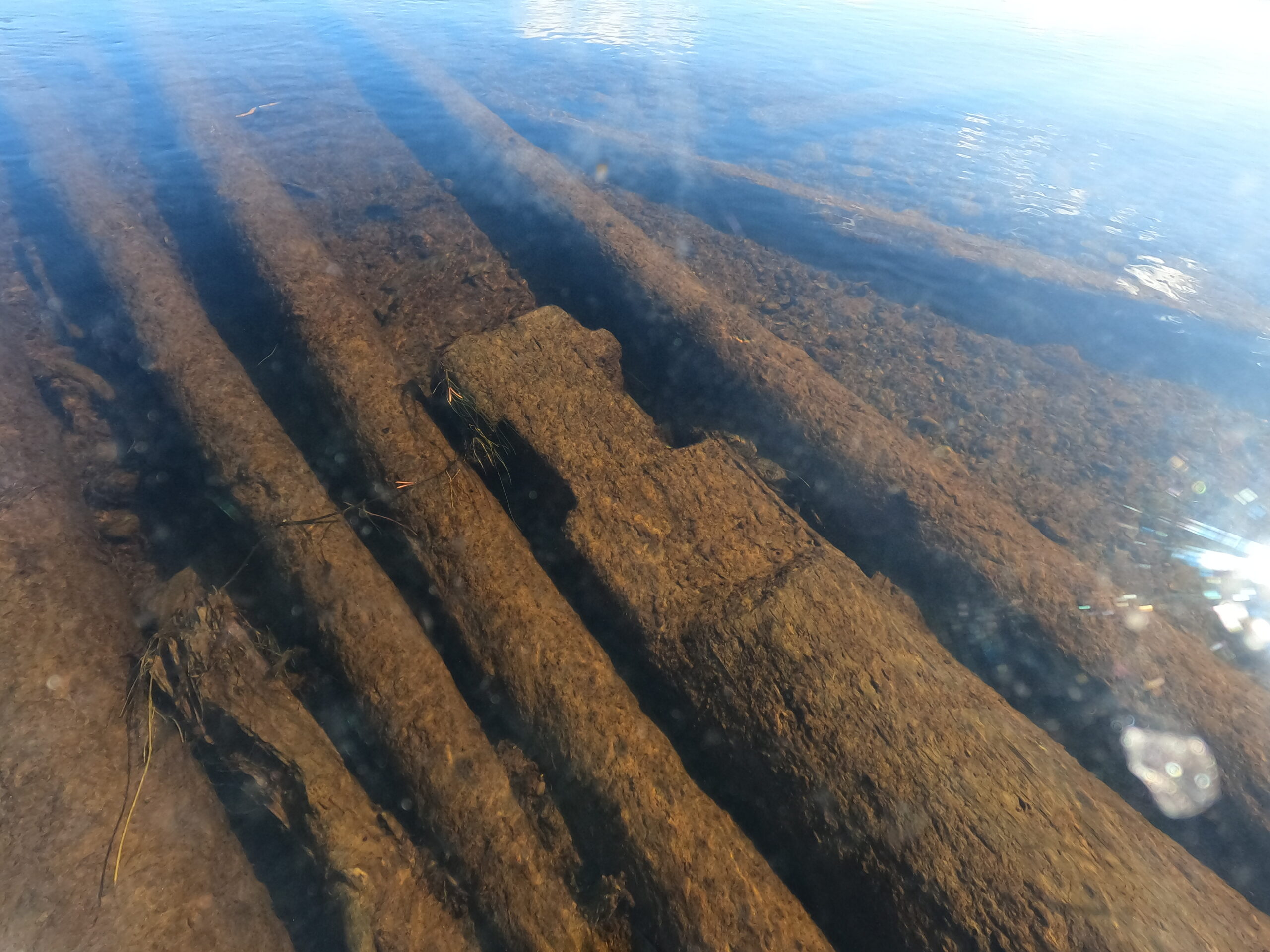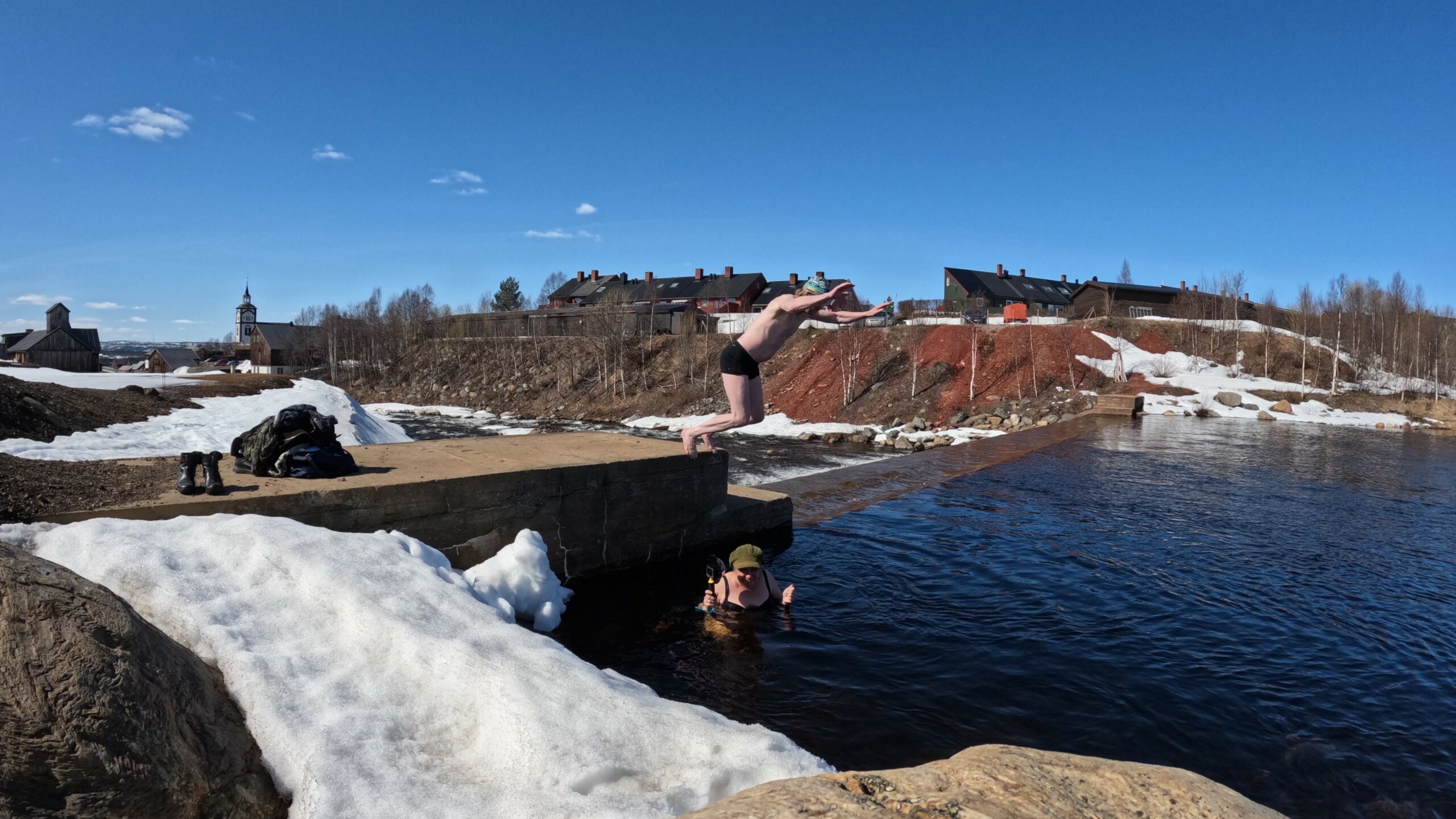Frøya – this incredibly beautiful collection of islets and reefs, bays and fjords, has the same name as the fertility goddess in the Norse mythology: Frøya. You just have to wonder: Why it is so desolate out here? Did she not listen? Was she not flattered enough to make the islands fertile? Then it turns out that the name comes from the Norse word frøy = lord, the foremost, that is, the foremost island.

And when it comes to fertility – Frøya’s fertility lies in the sea! Here you will find the clearest water and a business that has been founded on fish since the Stone Age.

Frøya municipality has a land area of 230 km2 and consists of thousands of larger and smaller islands, islets and reefs. The highly committed inhabitants (something above 5,000 of them) go hard if they feel unfairly treated – just try to build wind turbines here!

Frøya is a birds’ paradise. Here you just have to put on your shoes – there is goose shit everywhere. And you have to expect strong protests wherever you go – the geese alert you whenever you do disturb them.

The business here today is still about fish – and in particular farmed fish. On Frøya there is a high number of ‘Salmon Lords’. The population has in the 2000’s increased more than the average in the Trøndelag region. The smaller villages, though, show a declining population, and the number of inhabitants on the small islands is declining.

In our search for bathing places on Frøya, it (unfortunately!) did not help to search the municipality’s website. Big sigh: Please, all you municipalities out there – set up a list of the best bathing places you have! It can be a bit tedious for us – on Frøya, for example – to have a bath in all the bays and fjords and lakes to find the best bathing spot. But suddenly while driving, we found this gem, not far from Nordskag, at Utfrøya:

At Valen (by the lake Aunvatnet), there is a very nice bathing place, with benches and tables, floating jetty and a diving tower. Fabulous! A little worn out, though.

Where is the community spirit of voluntary work? Not much is needed to bring this fine bathing place back to its former glory. First of all, maybe clean up the surroundings a bit, so it looks more like a bathing place and less like a rubbish place.… Or does someone think there is something called a bathing season and that it has not started yet?

Except that: A bath in Valen is just right!
